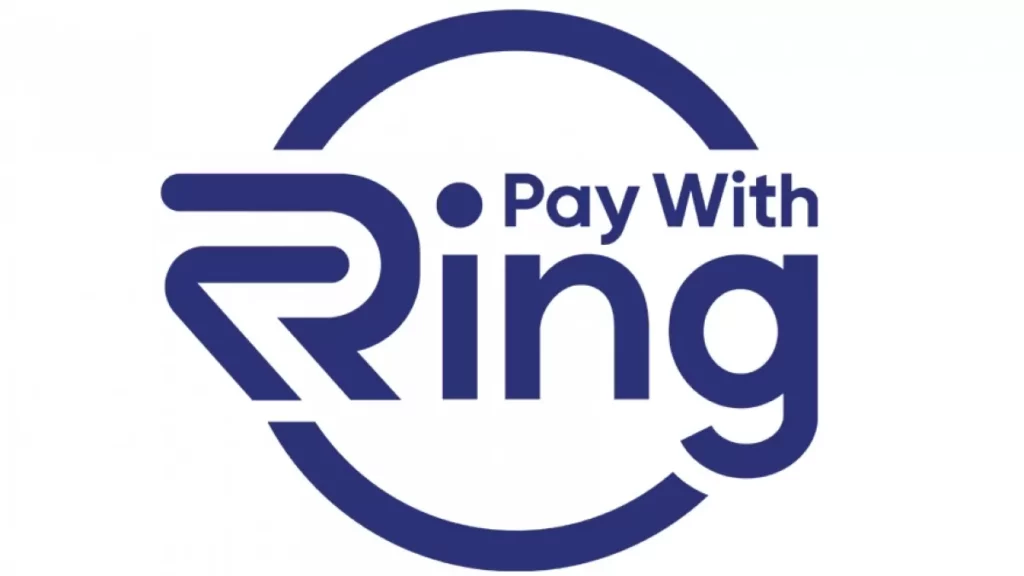When facing financial challenges, knowing your options for support can make all the difference. For those who rely on disability benefits, unexpected expenses or cash flow gaps can create additional stress. One option to consider is disability pension advance payment, a solution that helps bridge the financial gap until your regular payments arrive. We’ll explore what disability pension advance payments are, how they work, and how they compare to other short-term financial relief options like payday advances.

What is a Disability Pension Advance Payment?
A disability pension advance payment is a lump-sum payment offered to individuals receiving disability benefits. This advance is typically provided in situations where recipients face immediate financial hardships and need funds before their next scheduled payment. It’s designed to offer short-term relief without interrupting your usual pension schedule.
The advance is not an additional benefit but a way to get part of your upcoming payment early. Once the advance is given, it will usually be deducted from your future disability pension payments over time.
Who is Eligible for a Disability Pension Advance?
Eligibility criteria for a disability pension advance vary by country and the specific pension program you are a part of, but some common requirements include:
- Receiving Disability Benefits: You must already be receiving regular disability pension payments.
- Financial Hardship: You must demonstrate financial hardship, such as an inability to cover basic living expenses like housing, food, or medical costs.
- Repayment Ability: There is typically a requirement that the recipient will be able to repay the advance from their future pension payments.
You may need to provide documentation of your financial situation, such as utility bills, medical expenses, or rent payments, to qualify for the advance.
How to Apply for a Disability Pension Advance
The process for applying for a disability pension advance varies depending on the country and the specific pension system you are in. However, in most cases, it follows these steps:
- Check Eligibility: Confirm that you meet the eligibility criteria for receiving a pension advance.
- Contact Your Pension Provider: Contact the government agency or organization that manages your disability pension. In some countries, this might be done online, by phone, or in person.
- Submit Documentation: You will need to provide evidence of your financial hardship, such as bills, receipts, or proof of an emergency expense.
- Wait for Approval: The pension provider will review your application and determine if you qualify for an advance. This may take several days or weeks depending on your location and the volume of applications.
How Does a Disability Pension Advance Differ from a Payday Advance?
At first glance, both a disability pension advance and a payday advance provide short-term financial relief. However, there are some key differences between the two:
- Source of Payment: A disability pension advance comes from the government or pension provider and is deducted from your future disability benefits. In contrast, a payday advance is typically offered by private lenders and repaid from your next paycheck.
- Interest Rates and Fees: Payday advances often come with high interest rates and fees, making them a costly option if not repaid quickly. Disability pension advances, on the other hand, do not carry interest, though they are deducted from future payments.
- Repayment Terms: Disability pension advances are repaid over time, usually by reducing the amount of your future payments until the advance is paid off. Payday advances, however, are typically due in full on your next payday.
- Eligibility Requirements: Payday advances may have less stringent eligibility requirements, but they often rely on employment status and regular paychecks. Disability pension advances require you to be receiving disability benefits and may have stricter eligibility criteria, including proof of financial hardship.
Alternatives to Disability Pension Advance Payments
While a disability pension advance can provide immediate financial relief, it’s important to consider other options if this isn’t available to you or doesn’t cover your needs. Here are a few alternatives:
- Budgeting and Financial Planning: Revisiting your budget and cutting non-essential expenses can help you manage your funds more efficiently. Financial advisors may also help you create a plan to reduce financial strain over the long term.
- Government Assistance Programs: In addition to disability benefits, many countries offer emergency assistance programs for individuals experiencing financial hardship. These can include food assistance, rental aid, or utility subsidies.
- Short-Term Loans from Credit Unions: Credit unions often offer low-interest, short-term loans to their members. These loans can be a better alternative to payday advances due to their lower fees and more favorable repayment terms.
- Charitable Organizations: Some non-profit organizations and charities offer emergency financial assistance to individuals in need. These organizations may provide help with rent, food, or utility bills.
Conclusion
If you’re in a difficult financial situation and need access to funds before your next disability pension payment, a disability pension advance payment can be a valuable option. It offers a way to bridge the gap without incurring the high interest and fees often associated with payday advances.
However, it’s essential to assess your needs carefully and explore all available options before committing to an advance. By understanding your options and planning accordingly, you can make the best financial decision for your circumstances while maintaining your long-term financial stability.







